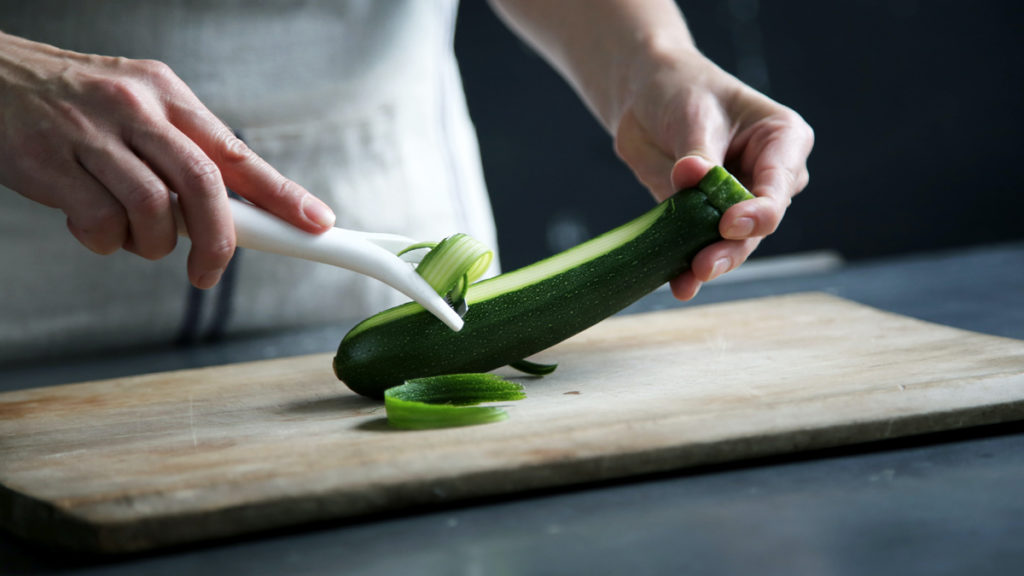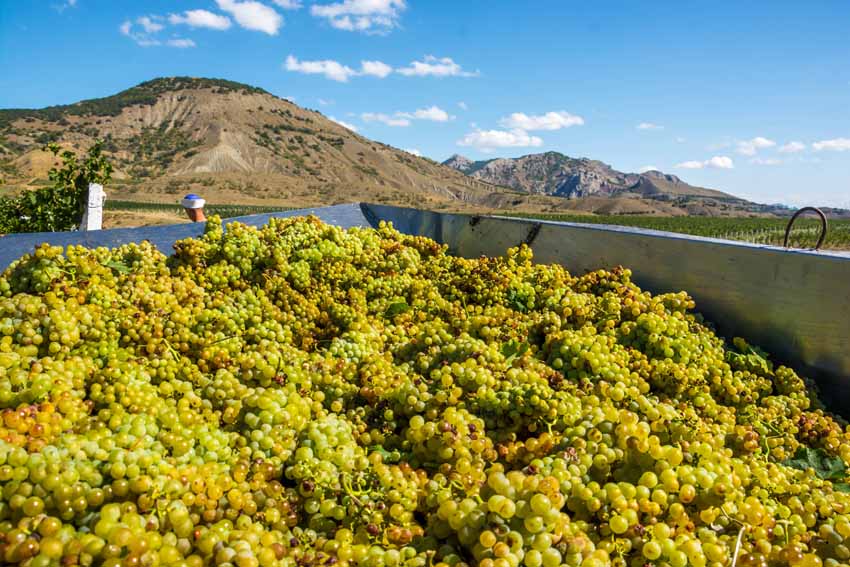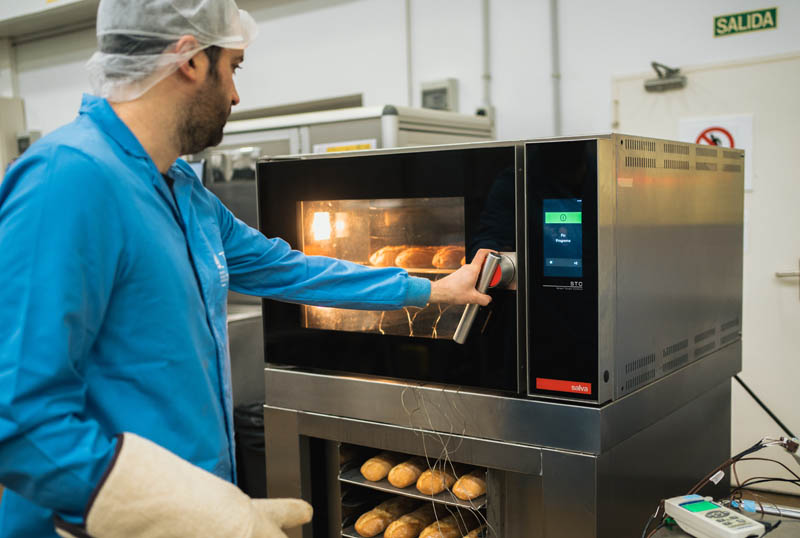How to minimize household food waste
Últimas noticias
Una mirada LGTBIQ+ al reino animal
Circular Economy in Action: Valorisation of By-products through Projects like PRIMA NEWFEED
Strategic Perspectives: Highlights from the Food4Future World Summit for Business Leaders
JAIME ZUFÍA. Coordinator of Efficient and Sustainable Processes. AZTI
En estos momentos donde además es necesario salir el mínimo de veces a la compra, nuestras recomendaciones para minimizar el desperdicio alimentario en casa son las siguientes:
In these moments when it is also necessary to go out a minimum of times to buy, our recommendations to minimize food waste at home are the following:
Índice de contenidos
1- Checking the stocks
- Check cupboards, pantry and refrigerator and write down daily those foods that are running out.
- Use the FIFO System (First in, first out): “The first thing that has come in is the first thing that has to be used”
- Check expiration and best before dates.
2- Weekly menu planning
Plan a varied, moderate and balanced weekly menu, with seasonal products if possible, taking into account:
- The number and type of household members,
- The current storage capacity (e.g. space in the refrigerator,)
- Family needs and available stocks.
3- Drawing up a shopping list
Draw up a list considering:
- Specific quantities of each food
- Seasonal products that may be available in the shop,
- That fresh food is the most delicate to preserve (buy the essentials)
- Having foods with a long shelf life, such as frozen products or preserves for possible contingencies, but not too many.
- The quantities that will be needed of each food.
4- Responsible Purchasing
Some recommendations for the moment of purchase:
- Buy first the non-perishable products, then the fresh and refrigerated ones, and finally the frozen ones (make sure that the cold chain is not broken)
- Avoid damage to food in the cart or bags, placing the most fragile ones on top. In addition, it is necessary to keep cleaning products and other toxic products separated from the food.
- Pay attention to the labelling and the expiry and preferential consumption dates.
- Do not buy food that is not on the list. Avoid impulse buying. It is advisable to do your shopping after some of the day’s meals to avoid shopping being “hungry”.

5- Proper food preservation
Once you are at home with your newly purchased food:
- Follow the storage instructions for each food indicated on its packaging (keep in the refrigerator, store at 2-4 °C, keep in the freezer,…)
- If the food is frozen at home shortly after purchase, it can be kept longer than the expiry date. Once thawed, it should be eaten immediately.
- Label the packages with the date of entry into the freezer, indicating the type of food and the number of portions.
Keep in mind that for foods with a “best before” date, the food can be safely consumed after the date, even if it does not have the same taste and texture properties. Very important:
- Read the storage instructions and check that the packaging is not damaged.
- In the pantry and cupboards, store non-perishable and long-lasting products. Preferably choose a cool place (between 10ºC and 21ºC), dry and away from direct sunlight.
- Use the appropriate spaces in the refrigerator for each type of food.
6- Adjust portions as needed
- Open only the number of containers you will need.
- Follow the instructions for preparation, defrosting, etc. on the packaging..
When a packaged product is opened it is necessary:
- If it needs to be cold, put it in the fridge (milk, juice, cream, sauces…).
- If it does not need to be cold, keep it in an airtight container (rice, vegetables, pasta, biscuits…), noting its expiry date or preferential consumption if it is not kept in its original container.
When preparing meals:
- Cook a quantity appropriate to the needs of the guests according to their personal characteristics (age, state of health, level of physical activity, etc.), adjusting the portions to the maximum.
7- Making the most of leftovers
Once the food has been cooked and not consumed:
- Allow the food to air dry before putting it in the refrigerator. Do not introduce foods that are still hot. It would raise the interior temperature of the refrigerator, compromising the conservation of the rest of the food.
- Use airtight containers or wrappers, leaving as little air inside as possible.
- Pack them in portions suitable for later consumption, so that only the portions that are going to be consumed can be taken out of the freezer later.
- Bear in mind that raw frozen food can be refrozen after cooking.
Take advantage of leftovers that have not been consumed. Very important:
- Save the leftovers for the next day’s meal or freeze them.
- Prepare recipes using leftovers from the previous day.
To throw away food is to throw away money, to damage the environment and to unnecessarily risk the health of food workers.
References:
Basque Platform against food waste. https://www.zerodespilfarro.eus/
FAO. Global food losses and wastage – Scope, causes and prevention [online]. FAO. Roma, 2012. ISBN 978-92-5-307205-7.
MAGRAMA. A practical guide for the consumer: how to reduce food waste NIPO: 280-14-099-4







